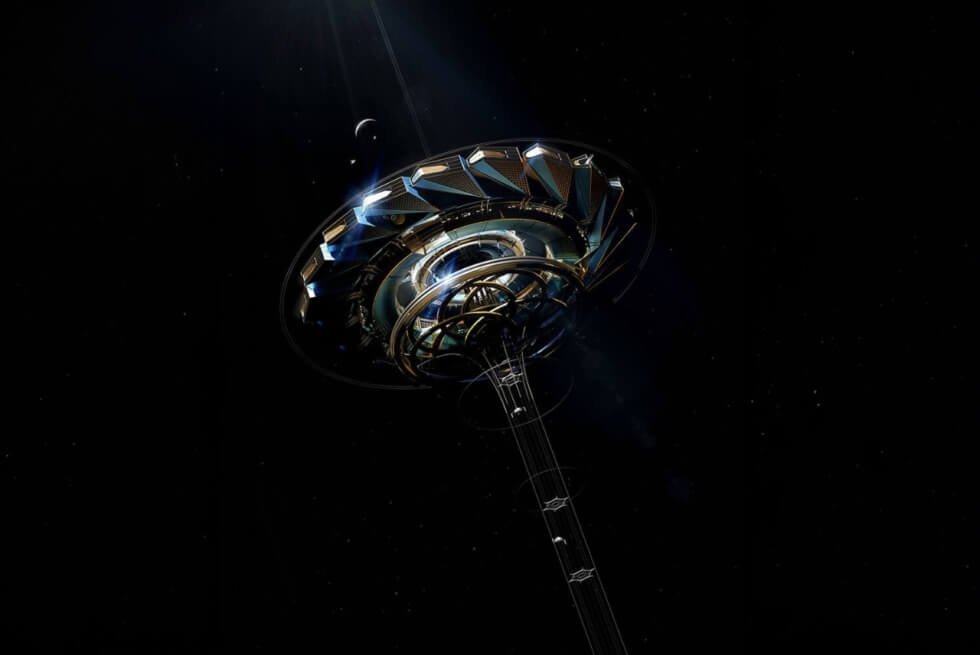Until aerospace industries figure out feasible alternatives to the current platforms, commercial space travel will remain inaccessible to the general public. Even crucial resupply mission costs are gradually increasing over time. Although there are proposed solutions to address concerns like these, we have yet to see any come to fruition. However, a concept called Ascensio could revolutionize everything.
Designed by English architect Jordan William Hughes, the space elevator in question received the Jacques Rogerie Foundation’s Architecture and Innovation for Space Grand Prix Award. For science fiction buffs like us, the idea of an orbiting station tethered to the Earth’s surface that serves as a conduit for people and cargo is like a dream come true.
Sadly, current technological limitations mean projects like the Ascensio cannot proceed until the materials needed can be produced in bulk. We know the mechanics and engineering seem ridiculous, but scientists insist it’s theoretically possible. According to most of the experts interested in such an endeavor, carbon nanotubes and graphene filaments are the answer.
Given the tremendous rotational kinetic energy generated by our planet’s rotation, the cables should be extremely durable to withstand all the forces exerted on both ends. For now, the Ascensio remains a sophisticated study of what future space elevators might look like with a bespoke touch of style.
“The project explores the challenging yet exciting prospect of combining an ocean-based space elevator with a multi-use spaceport; aiming to provide a more easily accessible and sustainable gateway to space exploration and tourism,” reads the press release. When gargantuan structures like the Ascensio eventually become reality, it becomes a testament to mankind’s ingenuity.
Discover More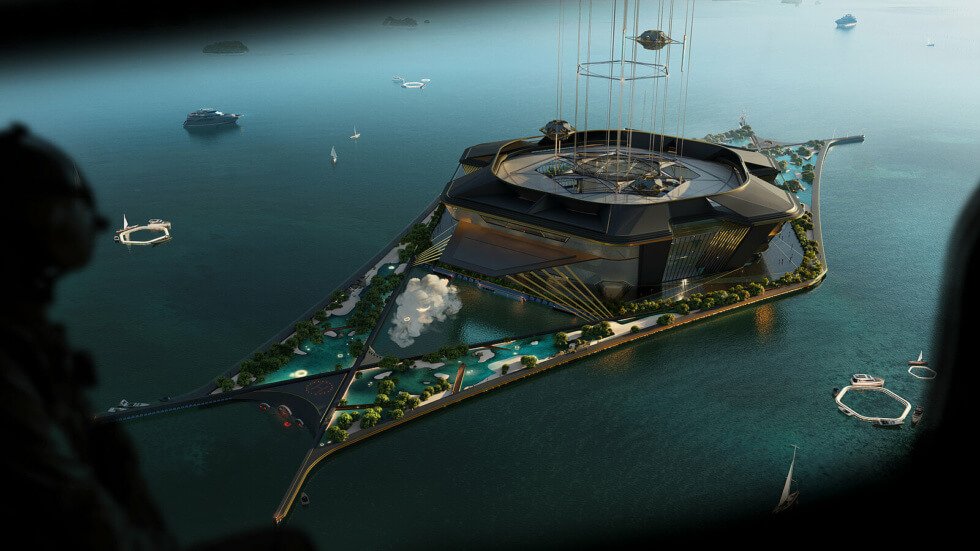

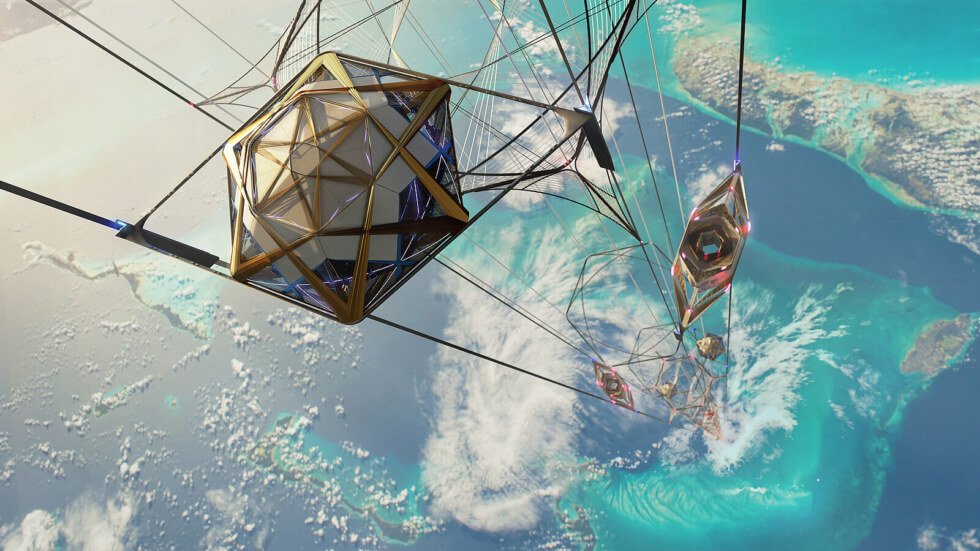

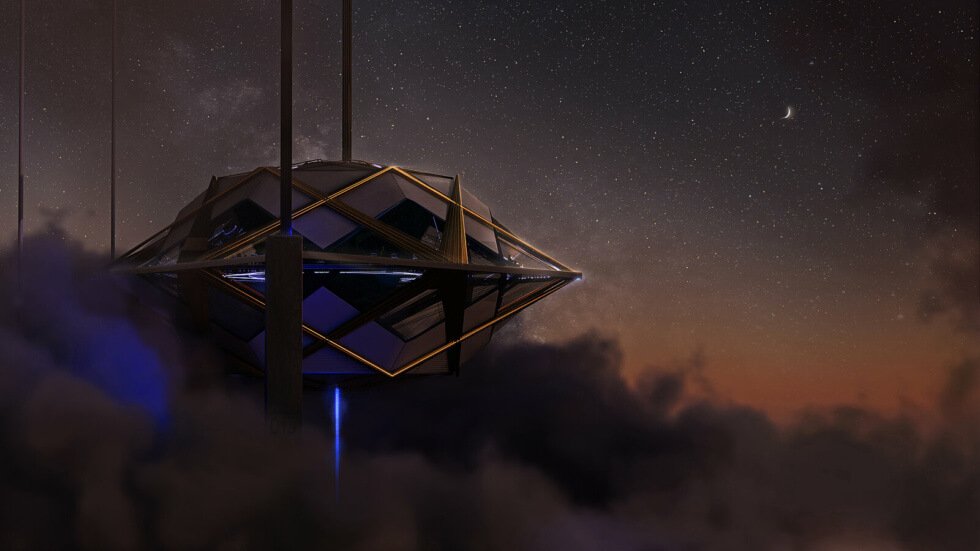
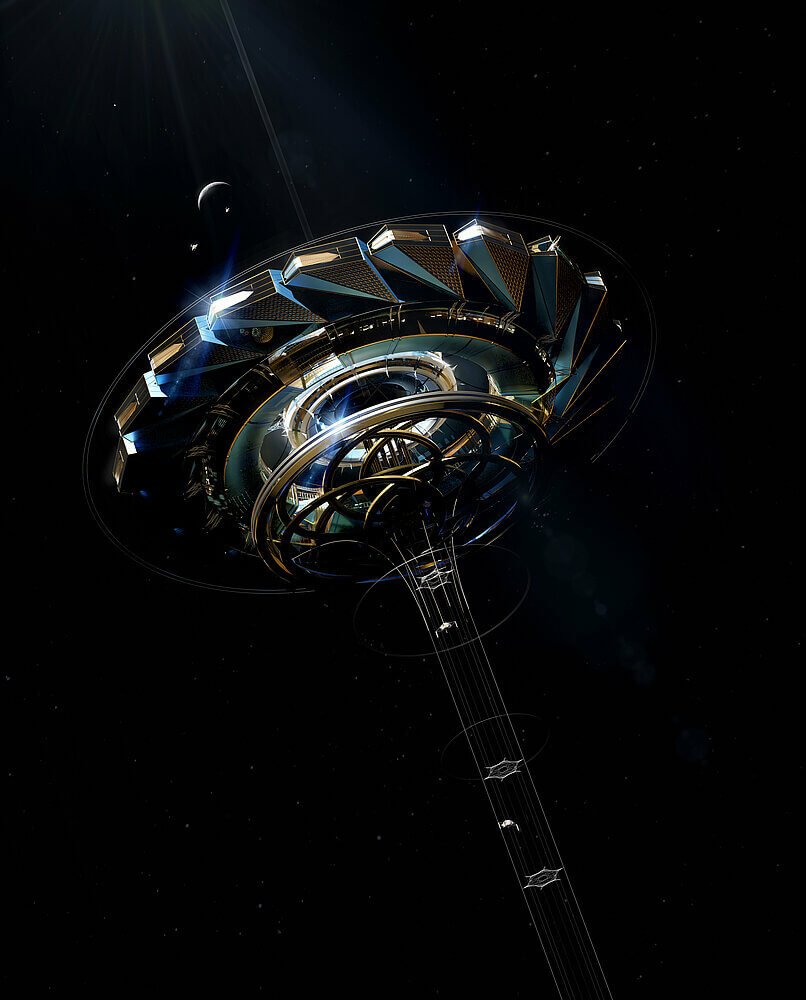
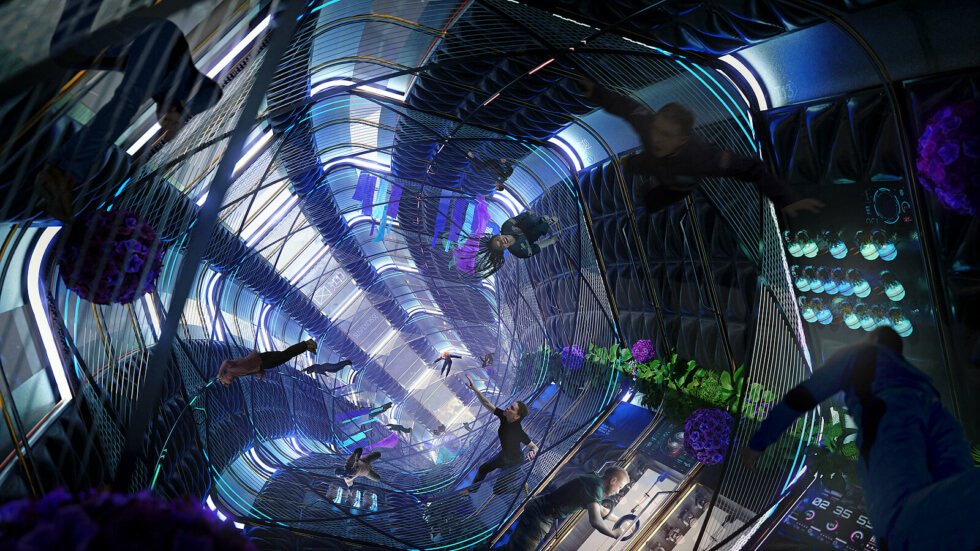

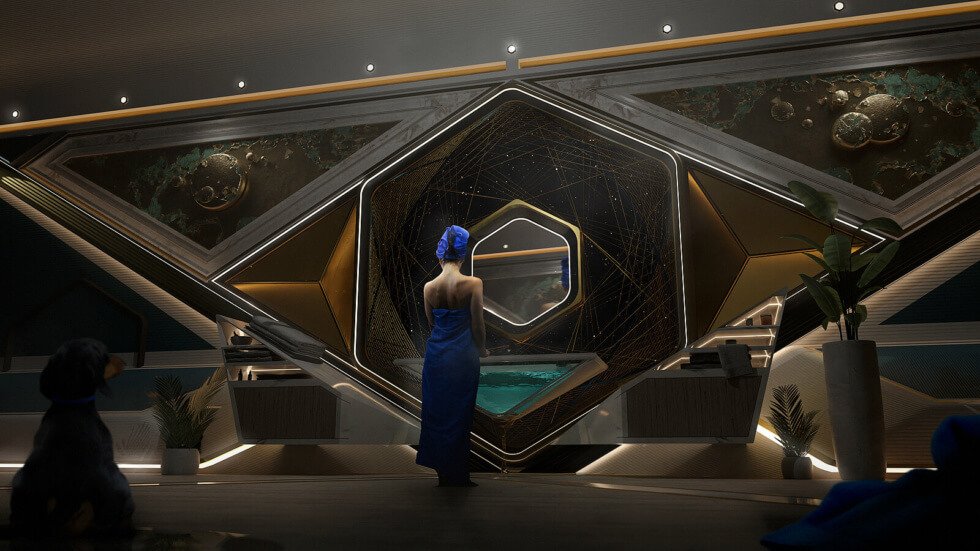
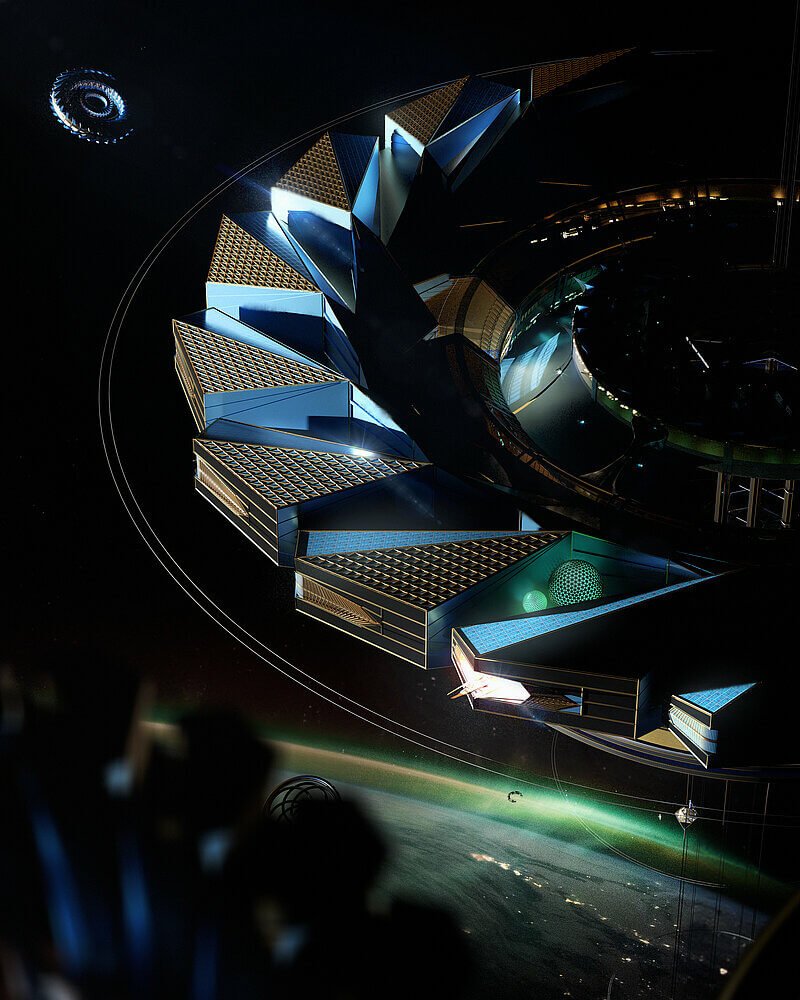
Images courtesy of Jacques Rogerie Foundation/Jordan William Hughes

